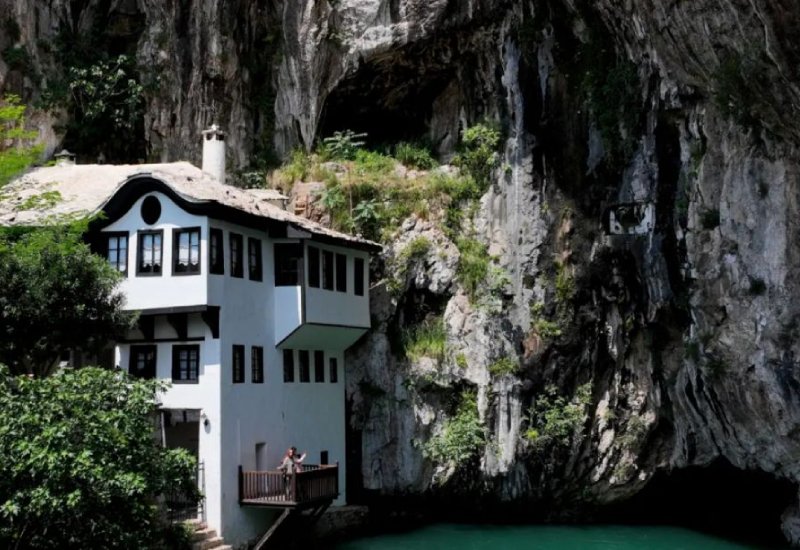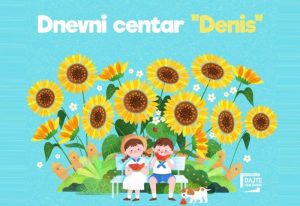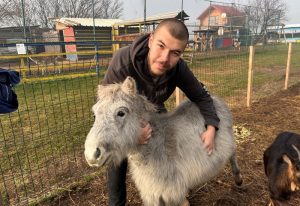The Association for the Development of Rural Tourism in Bosnia and Herzegovina (BiH) “Alterural” in our country, with the support of USAID Tourism, implements an initiative called “The Most Beautiful Village of BiH” with the aim of more clearly recognizing, highlighting and preserving the unique natural and cultural heritage of our village countries.
Sarah Devisme, director of the “Alterural” association, in an interview with the Network for Peace Building in BiH, explains that “The Most Beautiful Villages” is a concept that was founded in 1981.
This concept was founded by the French association “Les Plus Beaux villages de France” (LPBV) in order to popularize rural settlements through the preservation of their heritage and the promotion of economic potential.
Devisme points out that one of the main goals of this project, apart from the promotion of BiH’s natural beauty and cultural heritage, is the development of the village so that it becomes more visible in the tourist offer, whether it is of local or international character.
In the end, this can enable the strengthening of the economic position of those who still live in BiH villages.
The very concept of the most beautiful villages was expanded from the original idea by the creation of the Federation of the most beautiful villages in the world, bringing together representatives of France, Belgium, Italy, Japan and Spain. Over time, the concept was adopted by other countries, such as Germany, Lebanon, and Switzerland.
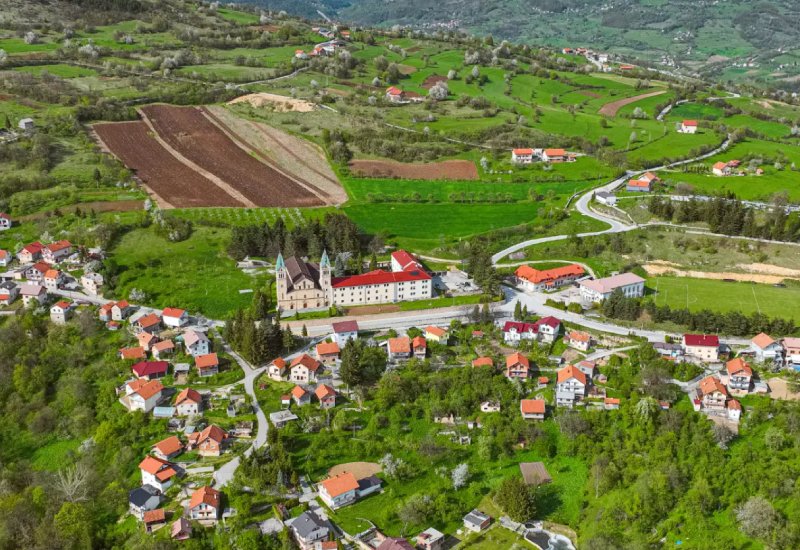
In BiH, the Most Beautiful Villages of BiH project was launched in 2022. Devisme reminds that thanks to the invitation issued by the USAID Sustainable Tourism Development Project in Bosnia and Herzegovina (Tourism, the association “Alterural” was selected as the bearer of this idea). The organization headed by her defined the selection criteria, quality charter and methodology for the Most Beautiful Villages of BiH initiative. As part of these activities, the Quality Commission was formed, which consists of experts from the fields of architecture, cultural and natural heritage, rural development and geology.
Through the work of that commission, 17 villages were finally selected through a public call, which are currently included in the list of the Most Beautiful Villages of BiH, with the fact that this list will certainly change and be supplemented over time.
“The goal of this project is to discover, in cooperation with local communities, all those rural areas in Bosnia and Herzegovina that have valuable not only cultural monuments but also natural features. We want to encourage locals to explore business options in order to strengthen the entire branch of rural tourism,” says Devisme.
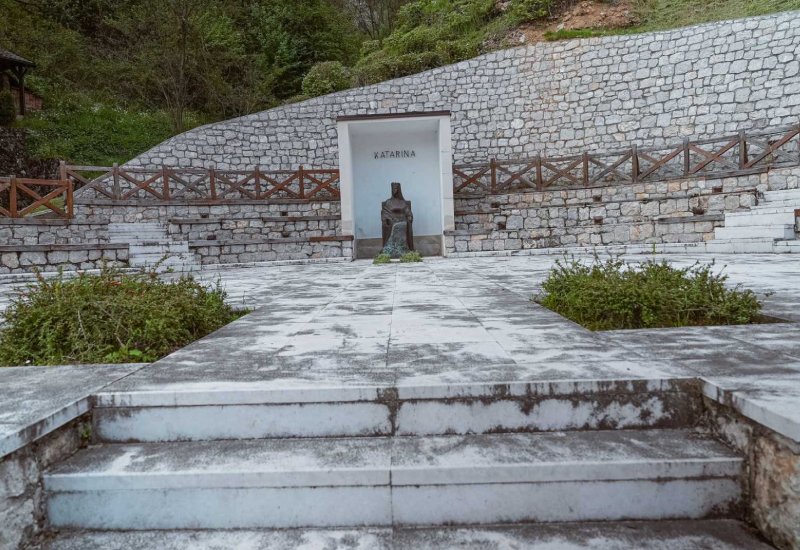
In addition, the “Alterural” Association, in addition to the promotion of selected villages, also offers a training program so that households and independent trades related to tourism in those areas can gain new knowledge in that area and satisfy their guests in the best possible way.
Villages in BiH are, as Devisme herself says, “hidden gems” where there is a life that is less and less seen in other countries.
“It is an authentic life, in a form in which it is mostly absent in the modern world. Those moments in the countryside where you can walk through forests and meadows, taste food produced on pastures, with all the physical effort of such work, it’s simply unique,” our interlocutor describes her impressions.
This desire, to share the beauty of simple life in the countryside with others, is the guiding star of the whole idea of the project.
In this connection, a website was created that you can access at the link , which is bilingual: in addition to the B/H/S version, it is also available in English.
There are currently 14 villages listed on this page: from the village of Vranci, close to Sarajevo, through Umoljani and the villages of Stupa, Ravno, Pekka, Ostrošac, Martin Brod, Krupa na Vrbas and up to Lake Prokoški, Kraljeva Sutjeska, Guča Gora, Bratač, Bobovac and Blagaj .
These are mostly places with only a few hundred residents, and by clicking on each of the links, visitors can find out key information about the village itself and the contact details of people they can contact, in order to organize the visit as successfully as possible.
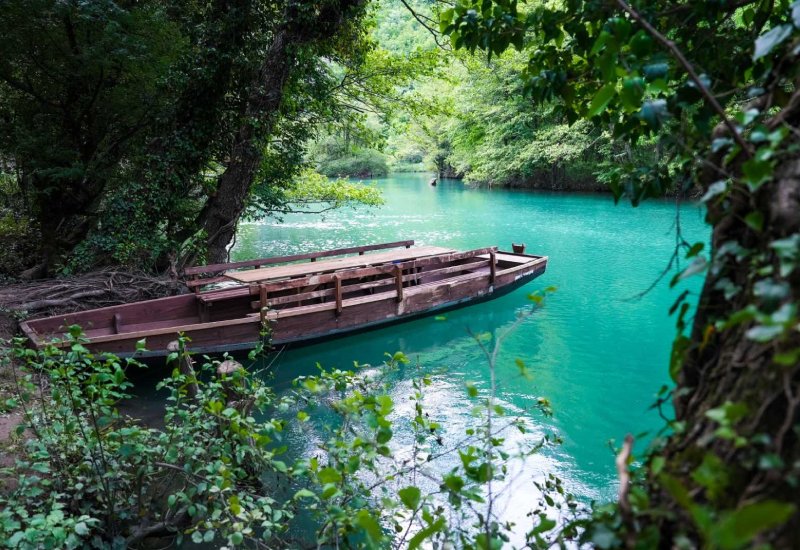
In this way, this Initiative offers the possibility to the residents of rural communities to make a leap into the market through the creation of a different tourist concept.
“Usually when we talk about tourism, we also mean the large initial capital that is needed. Here, through the Most Beautiful Villages of BiH initiative, we offer a chance that implies the use of what the conditions already exist for, so the investments are much lower. An example is the catering service, that is, for households to offer their own food, which does not require enormously high costs,” says Devisme.
An important segment of the Initiative is, of course, the promotion of Bosnia and Herzegovina. villages at different addresses: from fairs, gatherings, among organizations, but also on social networks. In this regard, Devisme points out that Robert Dacešin, a creative blogger-travel writer, is one of those who actively works to promote the Most Beautiful Villages in BiH through video reports that are available on the Most Beautiful Villages of BiH page.
“BiH is, so to speak, in the heart of Europe, and as much as tourists know about it, the villages remain quite hidden, although everyone who visits them is delighted, and that, I believe, is the strong development chance of those places, those little gems in which Today, peace is preserved,” says Devisme.
She also mentions the increasingly popular option of glamping – a trend in tourism, which is expressed in neighboring Croatia, where the concepts of camping and a somewhat more “glamorous” vacation are combined into one.
According to her, the villages of Bosnia and Herzegovina are an ideal opportunity for the development of just such a tourist offer.
“These are relatively new trends that young people in villages can easily develop. Through working with young people, with women, I see how easily their knowledge can be transferred to the field of tourism and that there are examples where, for example, the use of social networks helps young people to take over and develop the business they inherited from their parents, who did not use such available tools “, explains our interlocutor.
When it comes to young people, it is impossible to ignore the negative trend of young people emigrating from Bosnia and Herzegovina. This trend does not bypass the larger cities, let alone smaller towns and villages throughout the country. In a conversation with the Peace Building Network, Devisme notes that some villages only have a hundred inhabitants. This is not negligible data, but initiatives like this target that part of the problem.
“Tourism is a branch that grows and develops. This is important to keep in mind because we already have those who see it as a stable income, which means that they see a more secure future where they live. On the other hand, even those who are thinking about returning have a chance to think about what the return will look like and whether the village might still be a better choice,” says Devisme.
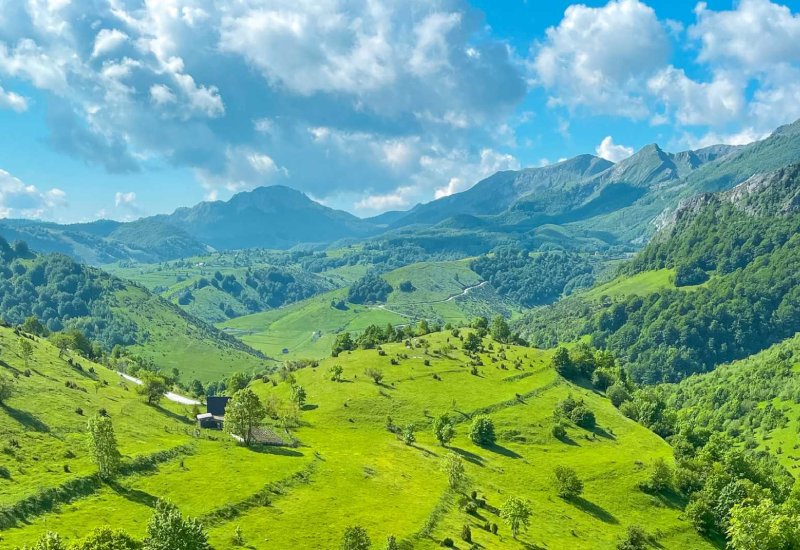
She is particularly proud of the cooperation with local communities through this project and, as she pointed out, this cooperation takes place without any particular problems. On the other hand, there are certain challenges, the already mentioned departure of young people, which consequently affects the workforce in this sector. What she would like to change and what she appeals for is more activities in the area of waste management
“We have witnessed that illegal landfills and improperly disposed waste are not rare. When you have villages, like those beautiful ones with stone houses, with untouched nature, it would be of great importance to organize the area of waste management better, to enforce the rules more consistently,” she notes.
Ultimately, rural tourism is a development opportunity for the entire country, with all the challenges that arise. As our interlocutor concluded, there are examples from neighboring countries that can be adopted, and numerous issues solved in the way it was done in Croatia and Slovenia, and such good practices can be adopted and adapted in villages throughout Bosnia and Herzegovina.
“When the potential is recognized, it is not difficult to develop a great story from it, a great opportunity, because there are more and more people who see Bosnia and Herzegovina as a country worth visiting, which delights them with its uniqueness, and where the villages stand out,” concludes Devisme.
Written by: Mladen Lakić
This story was written thanks to the generous support of the American people through the “Local Works” program of the United States Agency for International Development in Bosnia and Herzegovina (USAID). The content of the story is solely the responsibility of the author and the “Network for Building Peace”. The views expressed in the story do not necessarily reflect the views of USAID or the United States Government.

